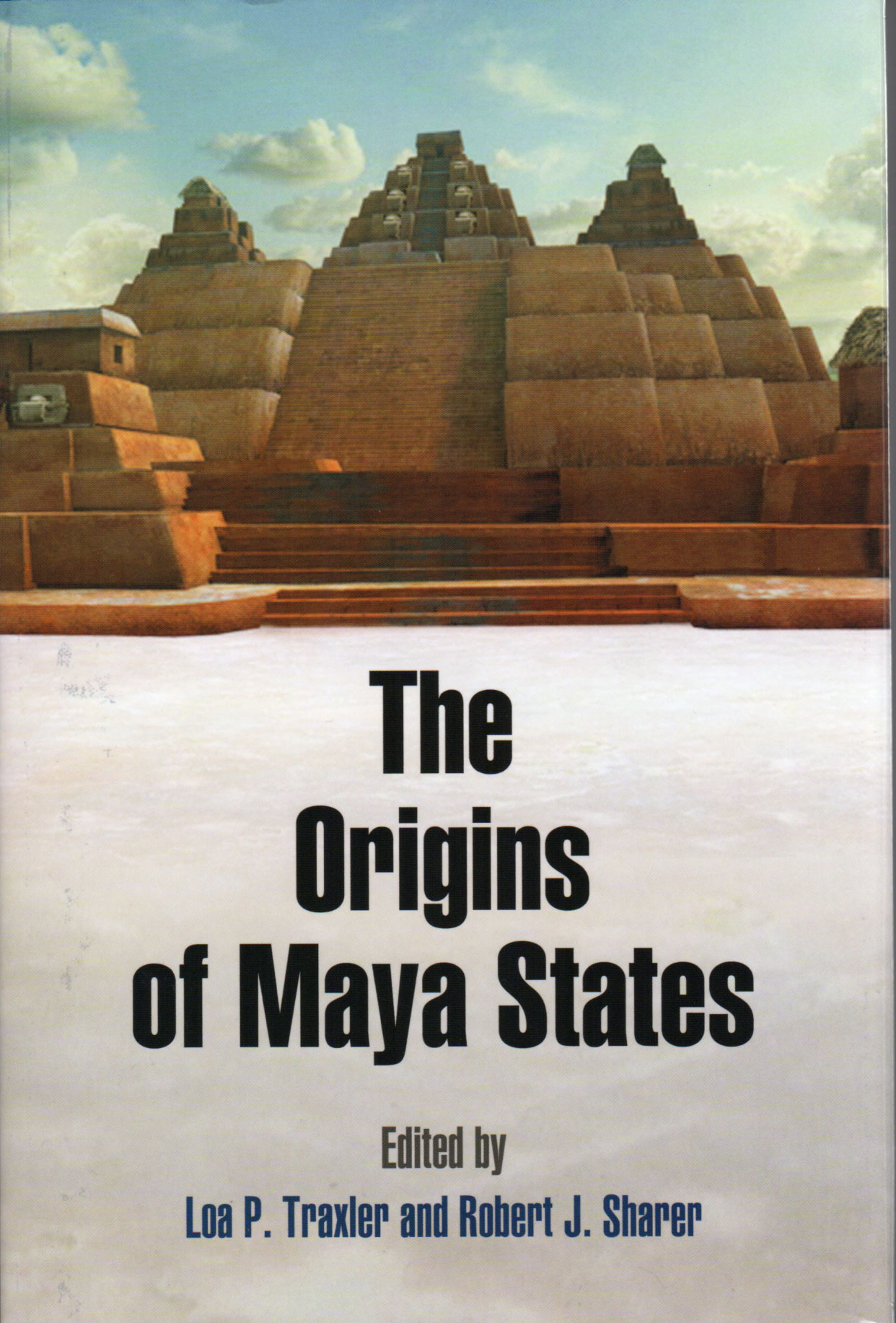The Origins of Maya States
Buy Publication
Author(s): Loa P. Traxler, Robert J. Sharer
Published: 2016
ISBN: 9781934536865

The Pre-Columbian Maya were organized into a series of independent kingdoms or polities rather than unified into a single state. The vast majority of studies of Maya states focus on the apogee of their development in the classic period, ca. 250-850 C.E. As a result, Maya states are defined according to the specific political structures that characterized classic period lowland Maya society. The Origins of Maya States is the first study in over 30 years to examine the origins and development of these states specifically during the preceding preclassic period, ca. 1000 B.C.E. to 250 C.E.
Attempts to understand the origins of Maya states cannot escape the limitations of archaeological data, and this is complicated by both the variability of Maya states in time and space and the interplay between internal development and external impacts. To mitigate these factors, editors Loa P. Traxler and Robert J. Sharer assemble a collection of essays that combines an examination of topical issues with regional perspectives from both the Maya area and neighboring Mesoamerican regions to highlight the role of interregional interaction in the evolution of Maya states. Topics covered include material signatures for the development of Maya states, evaluations of extant models for the emergence of Maya states, and advancement of new models based on recent archaeological data. Contributors address the development of complexity during the preclassic era within the Maya regions of the Pacific coast, highlands, and lowlands and explore preclassic economic, social, political, and ideological systems that provide a developmental context for the origins of Maya states.
Attempts to understand the origins of Maya states cannot escape the limitations of archaeological data, and this is complicated by both the variability of Maya states in time and space and the interplay between internal development and external impacts. To mitigate these factors, editors Loa P. Traxler and Robert J. Sharer assemble a collection of essays that combines an examination of topical issues with regional perspectives from both the Maya area and neighboring Mesoamerican regions to highlight the role of interregional interaction in the evolution of Maya states. Topics covered include material signatures for the development of Maya states, evaluations of extant models for the emergence of Maya states, and advancement of new models based on recent archaeological data. Contributors address the development of complexity during the preclassic era within the Maya regions of the Pacific coast, highlands, and lowlands and explore preclassic economic, social, political, and ideological systems that provide a developmental context for the origins of Maya states.




